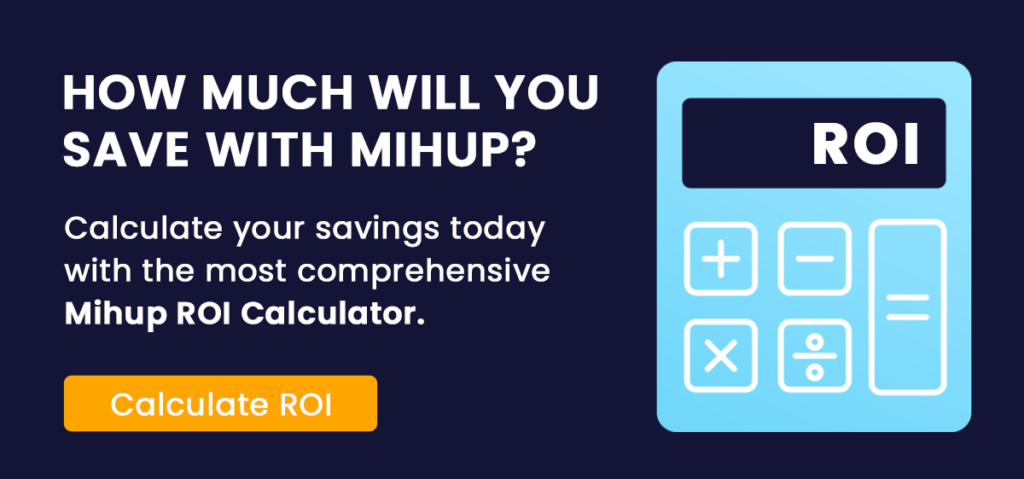In India, where the saying “Customer is God” reigns supreme, contact centers understand the importance of keeping customers happy. They know every interaction holds the power to make or break a relationship. Which builds pressure on Quality Assurance (QA) teams to ensure top-notch service. But is call scoring, a key metric of Quality Assurance (QA), reaching its full potential?
Traditionally, call scoring assigns points based on pre-defined criteria, offering details of agent performance. However, this approach can turn into a mere checkbox exercise, failing to convert into meaningful coaching and improvement. This begs the question: can call scoring be more than just a metric?
This blog dives into the concept of call scoring, exploring its benefits and challenges. We’ll unveil strategies to maximize its effectiveness, transforming it from a routine task into a powerful tool for boosting agent performance and enhancing your contact center’s power to drive key business metrics.
What is call scoring in Customer Service?
Call scoring is a process of evaluating and assigning a score to customer service interactions,. Quality Assurance (QA) teams use pre-defined criteria, such as greeting, politeness, problem-solving skills, and adherence to company protocols to evaluate the quality of the call. The resulting call score provides valuable insights into an agent’s performance and helps pinpoint areas where they can improve.
The benefits and challenges of call scoring in the QA process
Every process has its advantages and disadvantages. Similarly, call scoring, which plays a vital role in the QA process, has both benefits and challenges
Benefits of Effective Call Scoring
Improved Customer Satisfaction:
By ensuring agents consistently deliver excellent service, call scoring can lead to happier customers who are more likely to stay loyal to your brand.
Enhanced Agent Performance:
Call scores provide valuable feedback to agents, helping them understand their strengths and weaknesses and identify areas for improvement. This can lead to increased agent confidence and a more skilled workforce.
Data-Driven Decision Making:
Call scoring data can be used to identify trends and develop targeted coaching programs. This allows QA teams to focus on areas that will have the biggest impact on overall performance.
Reduced Costs:
By improving agent performance and customer satisfaction, call scoring can help reduce customer churn and rework costs.
Challenges of Call Scoring
Subjectivity:
Scoring criteria can be subjective, leading to inconsistencies in scoring across different QA team members.
Focus on Metrics Over Coaching:
Overemphasis on call scores can turn them into a “checkbox exercise” rather than a tool for development.
Agent Morale:
Low scores can be discouraging to agents, potentially impacting morale and motivation.
Best practices for effective call scoring
To transform call scoring from a basic checklist exercise into a transformative coaching tool, several key practices are essential for contact center and QA leaders. Understanding these best practices can significantly improve agent development and overall customer service quality.
Develop Clear and Consistent Criteria:
Clearly define scoring criteria and ensure all QA team members receive proper training to minimize subjectivity. This reduces confusion and ensures everyone is evaluating calls based on the same standards.
Focus on Coaching, Not Just Scoring:
Use call scores as a springboard for constructive coaching and development conversations with agents. Don’t just tell them their score; use specific examples from the call to identify areas for improvement and provide actionable feedback.
Balance Metrics with Qualitative Feedback:
Combine call score data with qualitative feedback to provide a more holistic view of agent performance. Qualitative feedback could include things like the agent’s tone of voice, empathy, and active listening skills.
Involve Agents in the Process:
Involve agents in the development and review of scoring criteria to foster a sense of ownership. This allows them to understand the “why” behind the scoring and feel invested in the process.
Utilize Technology:
Leverage call scoring software with features like speech analytics and automated scoring to improve efficiency and accuracy. Technology can help identify specific keywords or phrases that indicate positive or negative interactions, freeing up QA team members to focus on more complex aspects of the call.
Conclusion
Ultimately, call scoring is about more than just a score; it is about the agents and the customers they serve. By transforming call scoring into a coaching tool, you empower agents to deliver exceptional service and cultivate lasting customer relationships. Therefore, it’s a win-win for both the agent and the customer.





